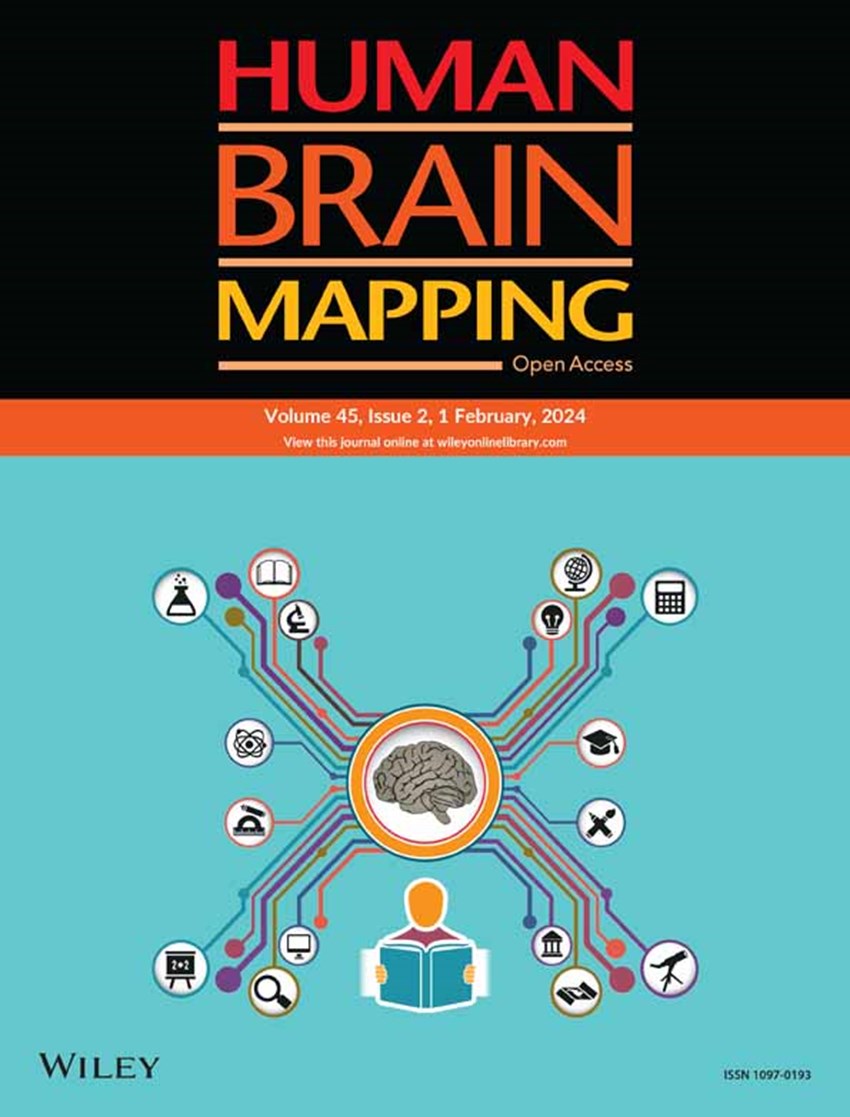Everyday interactions with the environment require a correct estimation of both self- and object- motion velocities. Perception of object-motion speed is essential to approach or avoid them properly. In many circumstances, object-motion perception is complicated by concomitant self-motion. One of the main challenges for the visual system is to determine the source of the movement that generates the flow pattern: self-motion, object-motion, or their combination. Thus, the research team led by Valentina Sulpizio aimed to establish (1) the sensitivity of several motion-related cortical regions (egomotion regions) to different visually induced motion conditions, including both self- and object-displacements and a combination of them; and (2) whether the activity of these regions was affected by the velocity of both self- and object-motion, thus providing new insight into their role in discriminating between different self- and object-motion velocities. A differentiated profile emerged among the egomotion regions (cingulate sulcus visual area, posterior cingulate sulcus area, posterior insular cortex [PIC], V6+, V3A, IPSmot/VIP, and MT+) during a visual motion stimulation including self- and object-displacements and a combination of them. All the egomotion regions (except area PIC) responded to all the possible combinations of self- and object-motion and were further modulated by the self-motion velocity. Interestingly, only MT+, V6+, and V3A were further modulated by object-motion velocities, hence reflecting their possible role in discriminating between distinct velocities of self- and object-motion. These findings are detailed in the paper Neural sensitivity to translational self- and object-motion velocities published in the journal Human Brain Mapping, in the scope the research project 24/20 - World-relative object motion: How the brain detects object motion while we are moving, supported by the BIAL Foundation.
ABSTRACT
The ability to detect and assess world-relative object-motion is a critical computation performed by the visual system. This computation, however, is greatly complicated by the observer's movements, which generate a global pattern of motion on the observer's retina. How the visual system implements this computation is poorly understood. Since we are potentially able to detect a moving object if its motion differs in velocity (or direction) from the expected optic flow generated by our own motion, here we manipulated the relative motion velocity between the observer and the object within a stationary scene as a strategy to test how the brain accomplishes object-motion detection. Specifically, we tested the neural sensitivity of brain regions that are known to respond to egomotion-compatible visual motion (i.e., egomotion areas: cingulate sulcus visual area, posterior cingulate sulcus area, posterior insular cortex [PIC], V6+, V3A, IPSmot/VIP, and MT+) to a combination of different velocities of visually induced translational self- and object-motion within a virtual scene while participants were instructed to detect object-motion. To this aim, we combined individual surface-based brain mapping, task-evoked activity by functional magnetic resonance imaging, and parametric and representational similarity analyses. We found that all the egomotion regions (except area PIC) responded to all the possible combinations of self- and object-motion and were modulated by the self-motion velocity. Interestingly, we found that, among all the egomotion areas, only MT+, V6+, and V3A were further modulated by object-motion velocities, hence reflecting their possible role in discriminating between distinct velocities of self- and object-motion. We suggest that these egomotion regions may be involved in the complex computation required for detecting scene-relative object-motion during self-motion.



































































